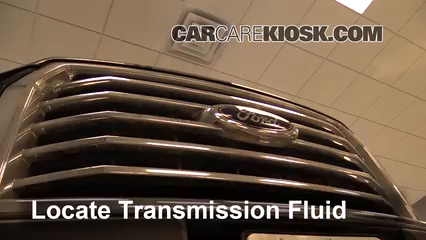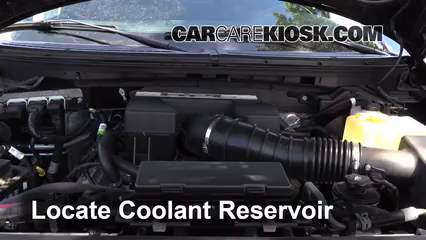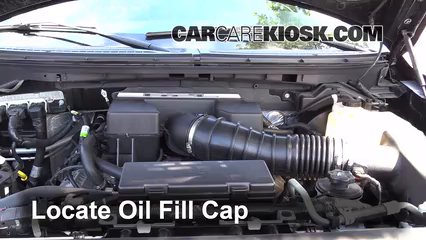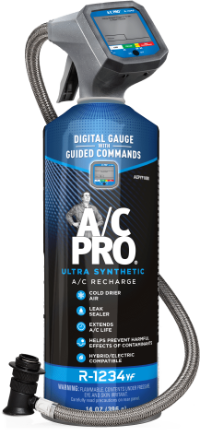Consumer Review Video - 2010 Ford F-150 SVT Raptor 6.2L V8
Common problems and easy repairs on a 2010 F-150
The 2010 Ford F-150 Raptor SVT Raptor is a relatively easy truck to maintain and excels in repair reliability when compared to other similar models. The battery bracket is extremely easy to remove on this vehicle. This lets you complete a battery change in a more efficient manner. Checking the brake fluid level is easy to do on this truck. The fluid reservoir is easily visible, allowing you to check and replenish it regularly. The oil level is also easy to check on this vehicle. The oil dipstick is easily accessible in the engine bay.
Some things can cause problems when repairing the 2010 Ford F-150 SVT Raptor. To access the headlight, you will have to completely remove the bulb housing for access to the intended bulb. This will require the removal of a few bolts and fasteners, and is more complicated than usual. You will have to lower the spare tire from under the vehicle for access. This can be tough, as the lowering mechanism can grow rusted to the vehicle over time. Unlike other models, the center brake light is not an LED light on this vehicle. You will need to take a few bolts out in order to take the bulb housing out of the vehicle for a bulb change.
Author
Hans Angermeier has produced over 100,000 videos showing drivers how to fix things on their cars. He has broad expertise on basic repair procedures covering the majority of cars on the road.













 STOP AND SEAL LEAKS
STOP AND SEAL LEAKS EXTENDS A/C LIFE
EXTENDS A/C LIFE PROTECTS AGAINST A/C WEAR
PROTECTS AGAINST A/C WEAR